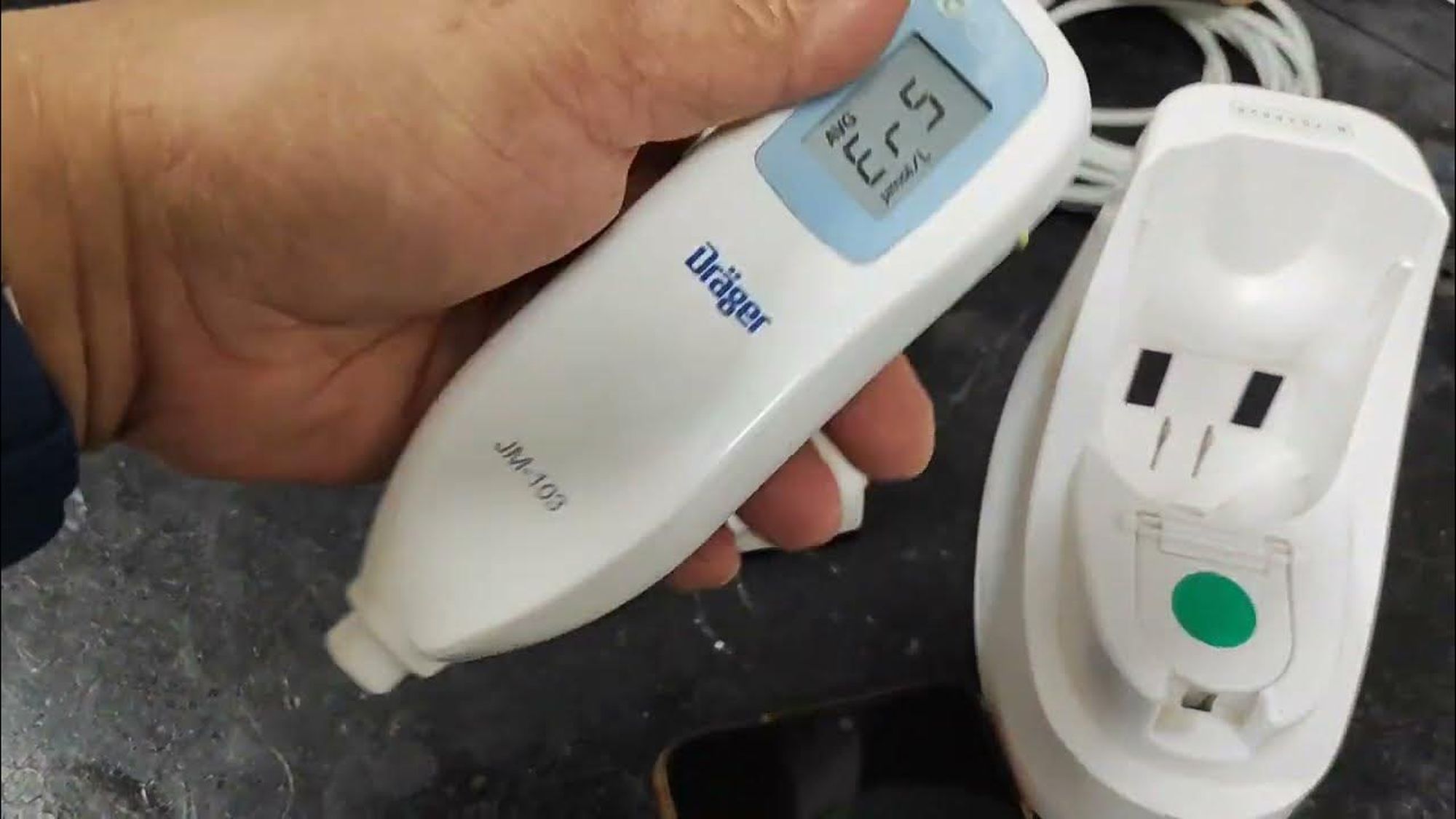
What is a jaundice meter? A jaundice meter is a handy tool used by doctors and nurses to measure the level of bilirubin in a newborn's skin. This device helps detect jaundice, a common condition in babies that causes yellowing of the skin and eyes. Early detection is crucial because untreated jaundice can lead to serious health issues. The meter works by shining a light on the baby's skin and measuring how much light is absorbed. This non-invasive method is quick, painless, and provides immediate results. Curious about how this tiny gadget makes a big difference? Read on to uncover 33 fascinating facts about jaundice meters!
What is a Jaundice Meter?
A jaundice meter is a device used to measure the bilirubin levels in newborns. High bilirubin levels can cause jaundice, a condition where the skin and eyes turn yellow. This tool helps doctors decide if treatment is needed.
- Non-Invasive: Jaundice meters measure bilirubin levels through the skin, avoiding the need for blood tests.
- Quick Results: These devices provide immediate results, allowing for faster medical decisions.
- Portable: Many jaundice meters are handheld, making them easy to use in various settings.
- Safe for Newborns: The non-invasive nature ensures no pain or discomfort for the baby.
- Accuracy: Modern jaundice meters are highly accurate, reducing the need for multiple tests.
How Does a Jaundice Meter Work?
Understanding the working mechanism of a jaundice meter can help appreciate its importance in neonatal care.
- Light Reflection: The device uses light to measure bilirubin levels. It shines light on the skin and measures the reflection.
- Spectrophotometry: This technique helps differentiate between bilirubin and other skin pigments.
- Calibration: Regular calibration ensures the device maintains its accuracy over time.
- User-Friendly Interface: Most devices have simple interfaces, making them easy to operate.
- Battery Operated: Many jaundice meters run on batteries, adding to their portability.
Benefits of Using a Jaundice Meter
Jaundice meters offer several advantages over traditional methods of measuring bilirubin levels.
- Reduced Hospital Stays: Quick and accurate measurements can lead to faster treatment, reducing hospital stays.
- Cost-Effective: Minimizing the need for blood tests can lower healthcare costs.
- Less Stress for Parents: Non-invasive testing is less stressful for both babies and their parents.
- Early Detection: Early detection of high bilirubin levels can prevent severe complications.
- Consistency: Provides consistent results, reducing the chances of human error.
Types of Jaundice Meters
There are different types of jaundice meters, each with unique features.
- Transcutaneous Bilirubinometers: These are the most common type, using light to measure bilirubin levels through the skin.
- Portable Models: Designed for use in various settings, including homes and clinics.
- Hospital-Grade Devices: These are more advanced and often used in neonatal intensive care units.
- Smartphone-Connected: Some modern jaundice meters can connect to smartphones for easy data tracking.
- Multi-Function Devices: These can measure other vital signs in addition to bilirubin levels.
Limitations of Jaundice Meters
While jaundice meters are highly useful, they do have some limitations.
- Skin Pigmentation: Darker skin tones can sometimes affect the accuracy of the readings.
- Age of the Baby: The device may be less accurate in very premature or very young newborns.
- Calibration Needs: Regular calibration is essential to maintain accuracy.
- Cost: High-quality jaundice meters can be expensive.
- Training Required: Proper training is needed to use the device correctly.
Innovations in Jaundice Meters
Recent innovations have made jaundice meters even more effective and user-friendly.
- Wireless Technology: Some devices now use wireless technology for data transfer.
- Cloud Storage: Data can be stored in the cloud for easy access and sharing.
- AI Integration: Artificial intelligence helps improve the accuracy and reliability of readings.
- Real-Time Monitoring: Continuous monitoring options are now available.
- Enhanced Battery Life: Newer models come with longer battery life, reducing the need for frequent charging.
Importance of Jaundice Meters in Neonatal Care
The role of jaundice meters in neonatal care cannot be overstated.
- Preventing Kernicterus: Early detection and treatment can prevent kernicterus, a severe form of brain damage.
- Improving Outcomes: Quick and accurate measurements lead to better health outcomes for newborns.
- Supporting Healthcare Providers: These devices support healthcare providers in making informed decisions quickly.
Final Thoughts on Jaundice Meters
Jaundice meters are game-changers in newborn care. These devices offer a quick, non-invasive way to measure bilirubin levels, helping doctors catch jaundice early. Early detection means timely treatment, reducing the risk of severe complications.
These meters are easy to use, making them a favorite among healthcare professionals. They save time and reduce the need for blood tests, which can be stressful for both babies and parents. Plus, they provide instant results, allowing for immediate action if needed.
While jaundice meters are incredibly useful, they should be used alongside other clinical assessments. They’re not a replacement for a doctor’s expertise but a valuable tool in the diagnostic process.
In short, jaundice meters are essential in modern neonatal care. They enhance the ability to monitor and treat jaundice effectively, ensuring healthier outcomes for newborns.
Was this page helpful?
Our commitment to delivering trustworthy and engaging content is at the heart of what we do. Each fact on our site is contributed by real users like you, bringing a wealth of diverse insights and information. To ensure the highest standards of accuracy and reliability, our dedicated editors meticulously review each submission. This process guarantees that the facts we share are not only fascinating but also credible. Trust in our commitment to quality and authenticity as you explore and learn with us.
